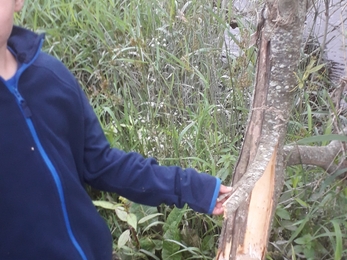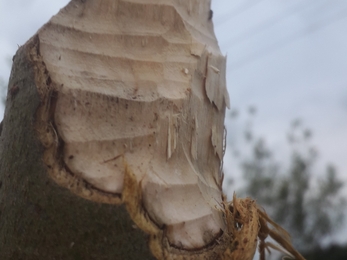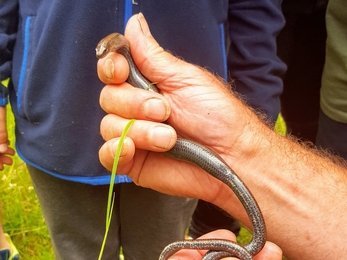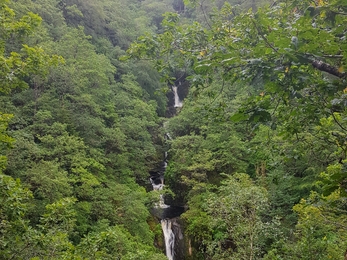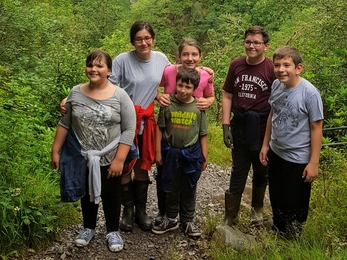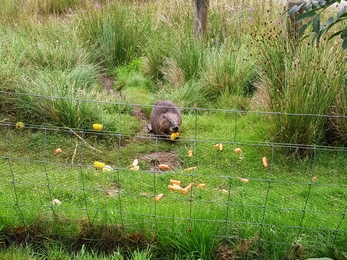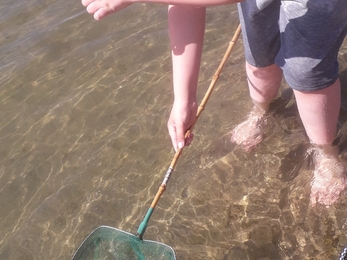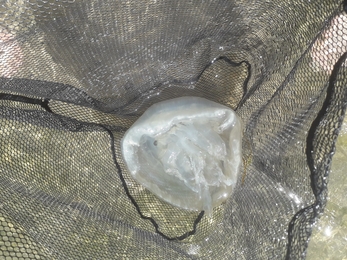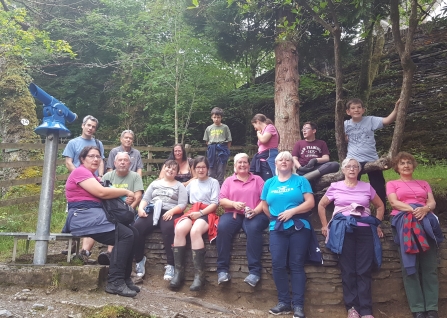In late July 2019 four families and five leaders set off on our latest camping adventure to travel to RSPB Ynys-hir on the southern border of Snowdonia in Wales. Gwerniago camp site, where we stayed, is also a working sheep farm but we didn’t see any sheep they were up in the mountains. When the tents were up some people explored the small wood adjacent to the campsite where we discovered some plants that no one present could identify, later identified by John Love as pennywort. On return to the campsite we enjoyed tea prepared by our congenial and hard working cook (leader) Andrew Smith.
That evening our adventure began in earnest. Those who felt like a walk set off to explore more of the surrounding area in a bid to get to the River Dyfi. Plants including enchanters nightshade, honeysuckle, red campion were spotted on the banks adjacent to woodland. We did get to the River Dyfi which was pretty impressive. Some people returned up the hill back to camp when the ground became rough and wet, but two leaders Stewart Clark and John Love carried on with some of the children and parents. Well worth it, for there they discovered evidence of beavers, chiselled branches with teeth marks of what could only be beavers. One boy, Jack, brought evidence back with him, a branch to let everyone see. What a start to our wildlife break.


